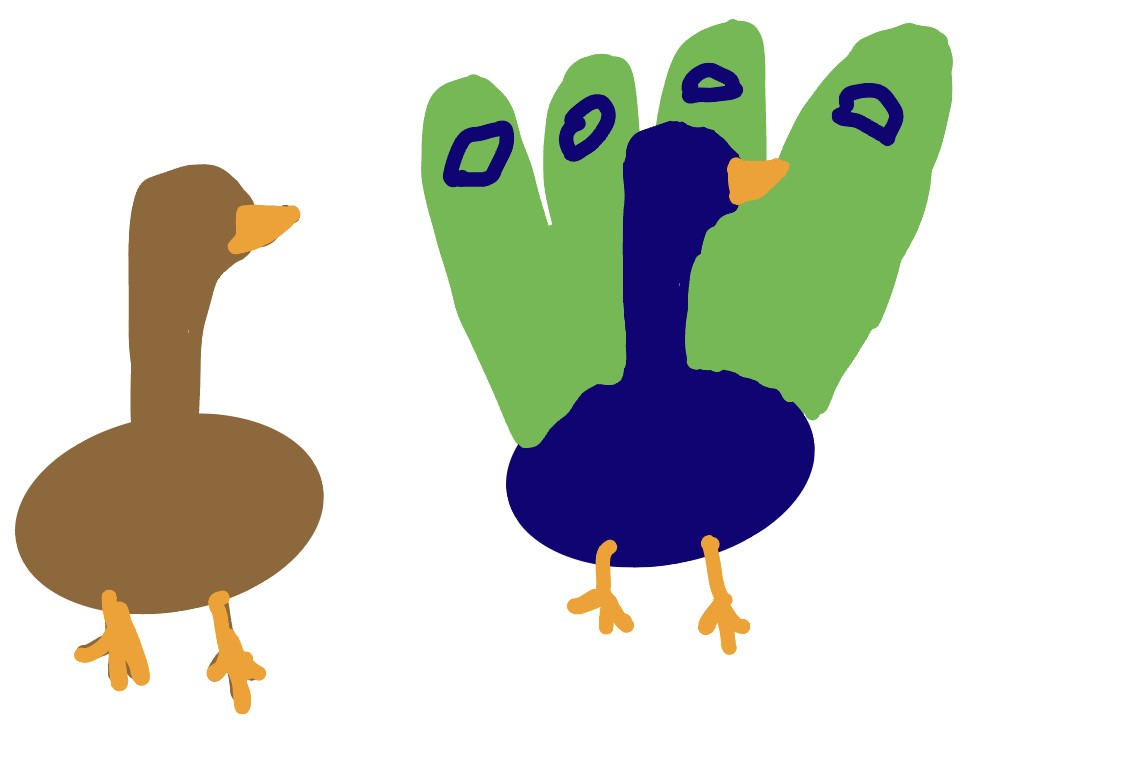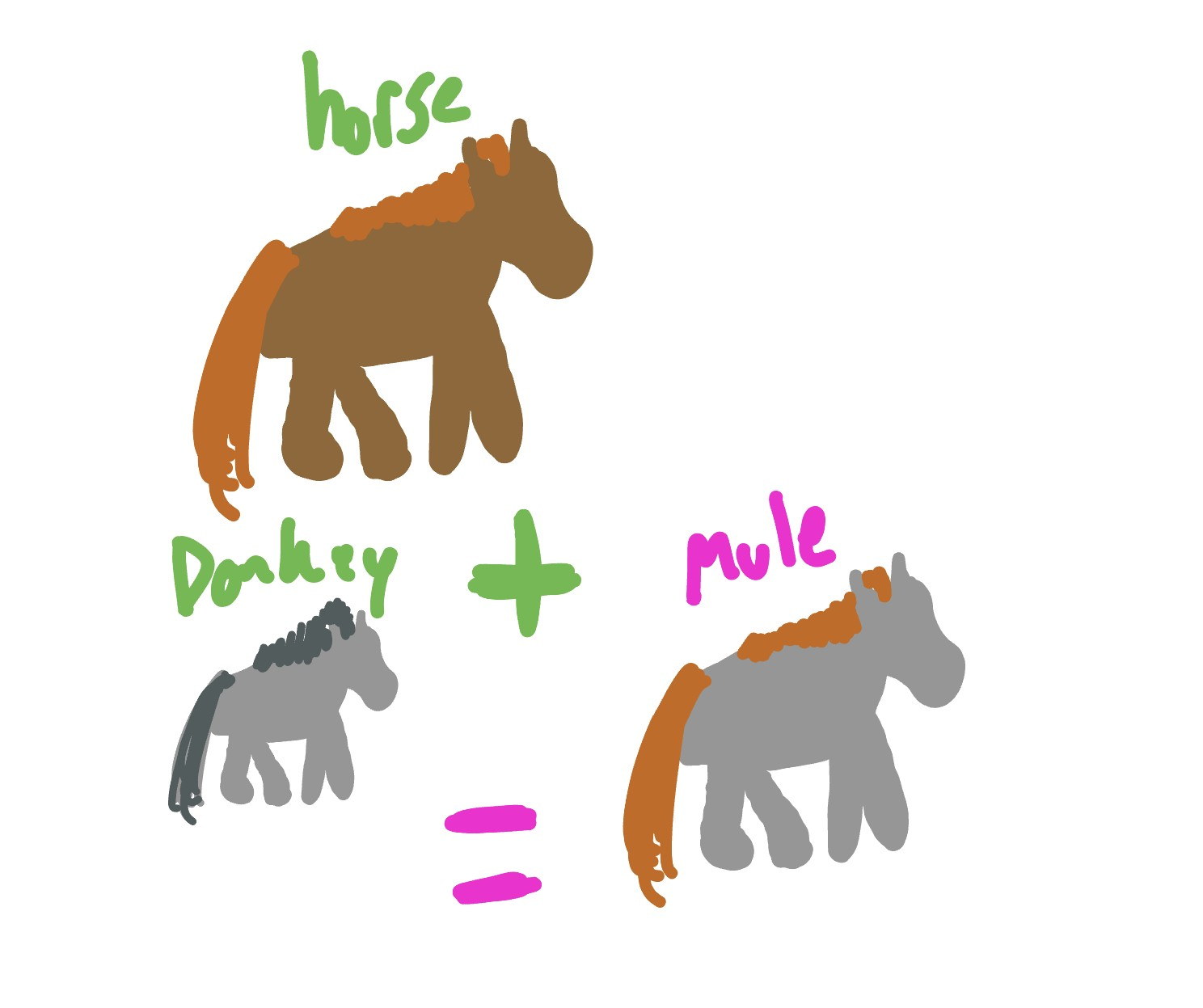Advantages of Sexual Reproduction

Why Does Sexual Reproduction Matter? Although asexual reproduction may be the easiest way to reproduce, sexual reproduction offers more evolutionary advantages. The Red Queen Hypothesis, Heterozygosity, and Parasitism The Red Queen Hypothesis explains how sexual reproduction helps species evolve to compete with the constant evolution threats, like parasites. Sexual reproduction expands the allele pool of a species making it harder for them to wiped out by parasites. Asexually reproducing species have the exact same alleles making them lest resistant. Previous Understanding I understood that asexual reproduction would be easier, however, I never thought of the vulnerabilities it came with.

